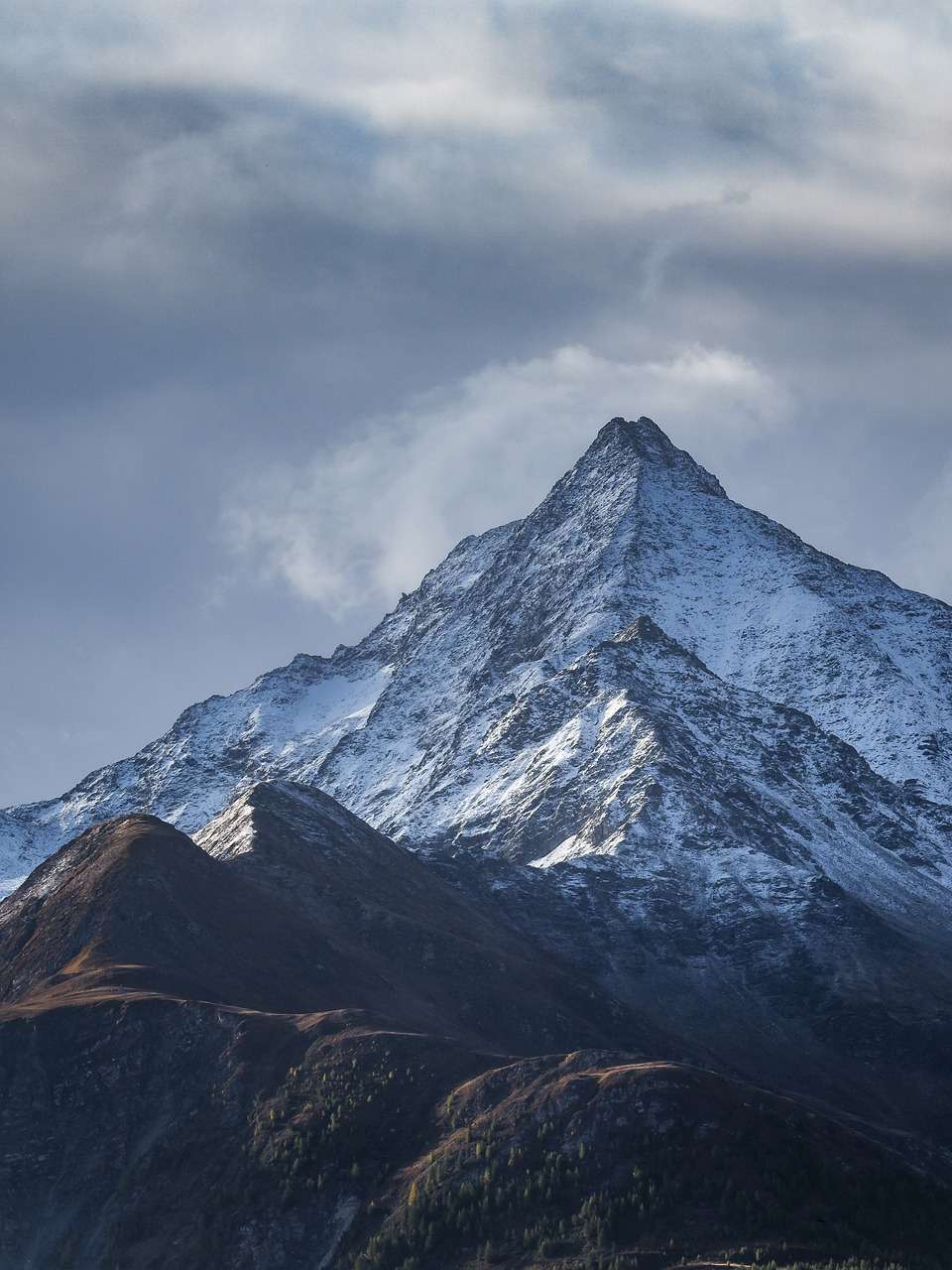Things You Need to Know Before Booking An All-Inclusive Package.
Before Booking an All-Inclusive Package: Key Things to ConsiderBefore booking an all-inclusive package, there are a few key things you should consider to ensure you're getting the best experience for…


